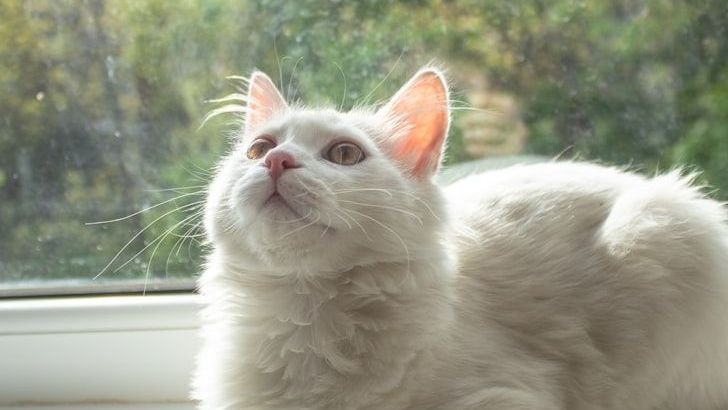You might think your cat’s gentle rumbling is just a sign of contentment, something sweet to accompany those quiet evening moments. The reality runs much deeper than that simple explanation. Recent scientific discoveries reveal that the frequencies produced by your feline companion may be working therapeutic magic on both your body and mind, operating as a natural healing mechanism that’s been hiding in plain sight for millennia.
The therapeutic power of purring extends far beyond the warm fuzzy feelings we associate with our beloved pets. These vibrations have measurable effects on human physiology, from reducing stress hormones to promoting actual tissue repair. Let’s dive into the fascinating science behind what might be one of nature’s most sophisticated healing tools.
The Science Behind the Sound
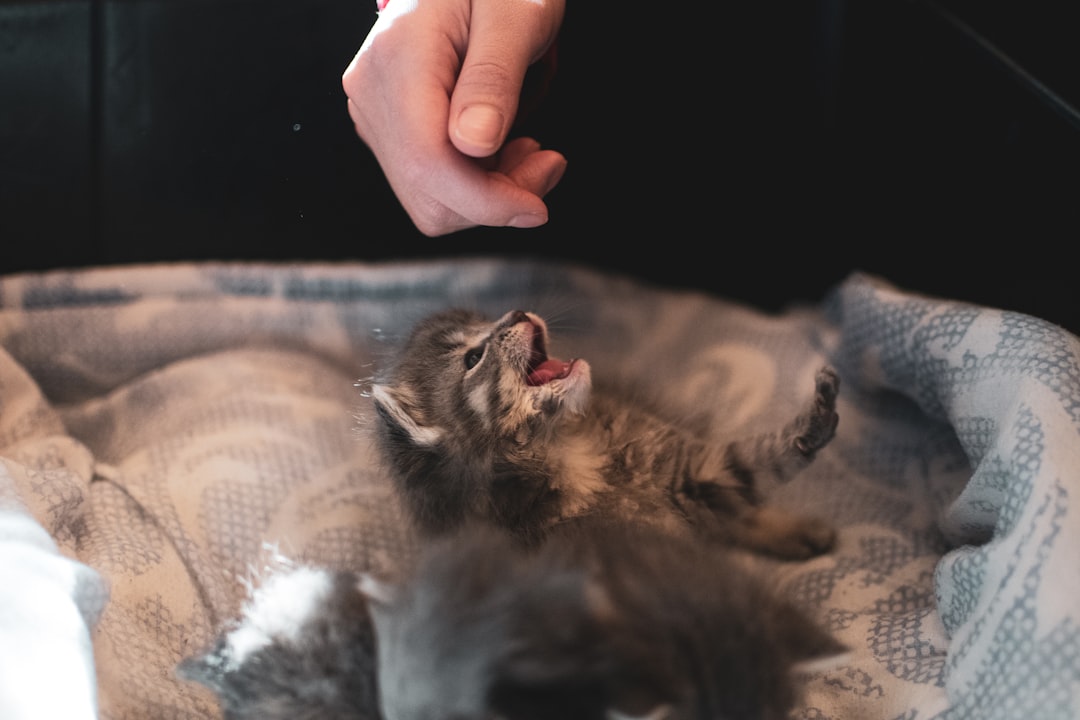
A cat’s purr operates within a frequency range of 25 to 50 hertz, creating vibrations that align remarkably with frequencies used in modern medical treatments. The sound emerges from rapid muscle contractions in the larynx and diaphragm, occurring at a rate of 25 to 50 vibrations per second.
These low-frequency vibrations are already being utilized in sound therapy, where specific frequencies are applied to the body to reduce inflammation, improve circulation, and stimulate healing of damaged tissues. Think of your cat as carrying around a portable vibrational therapy device, one that’s been perfected through millions of years of evolution.
Bone Healing and Physical Recovery

Research shows that frequencies between 20 and 50 Hz can actually increase bone density, while growing clinical evidence supports using these low frequencies for treating bone healing, osteoarthritis, inflammation, wound healing, and post-operative pain. The same frequency range found in cat purrs has been proven to aid in healing broken bones, joint and tendon repair, and wound healing.
Honestly, this explains something remarkable about cats themselves. Cats are well-known for their ability to heal quickly from broken bones, and they rarely develop joint problems or bone cancer. Experimental devices that simulate cat purr frequencies are being investigated for potential therapeutic applications.
Cardiovascular Protection
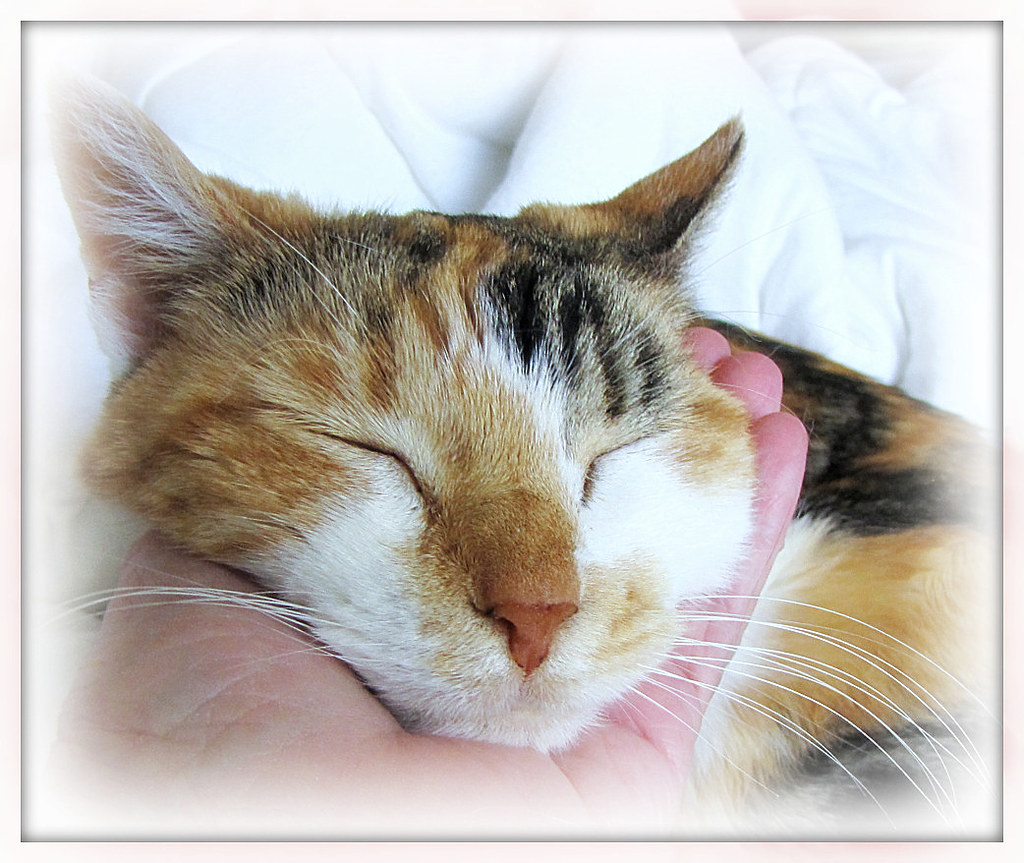
Spending time with cats leads to decreased heart rate and blood pressure, reducing strain on the cardiovascular system and supporting overall health. Studies tracking thousands of people over decades found that cat owners showed a 40 percent lower risk of heart attack compared to non-cat owners.
After adjusting for age, gender, ethnicity, blood pressure, smoking, diabetes, cholesterol, and body mass index, researchers found significantly lower risks for death due to heart attack among participants with past cat ownership. The protection appears to work through multiple pathways, creating a buffer against the cardiovascular damage that stress typically inflicts on our bodies.
Stress Reduction and Mental Health

Cat purring stimulates endorphin production and triggers serotonin release, helping lower cortisol levels – the primary hormone associated with stress. The repetitive sound has a calming, meditative quality that reduces anxiety and promotes mindfulness, often triggering the body’s relaxation response.
Research indicates that many cat owners report positive impacts on their mental health, with psychiatrists noting that cats provide a vital lifeline for emotional and mental well-being. The therapeutic effect works so reliably that many healthcare facilities now incorporate therapy cats into their treatment programs.
Pain Management Through Vibration
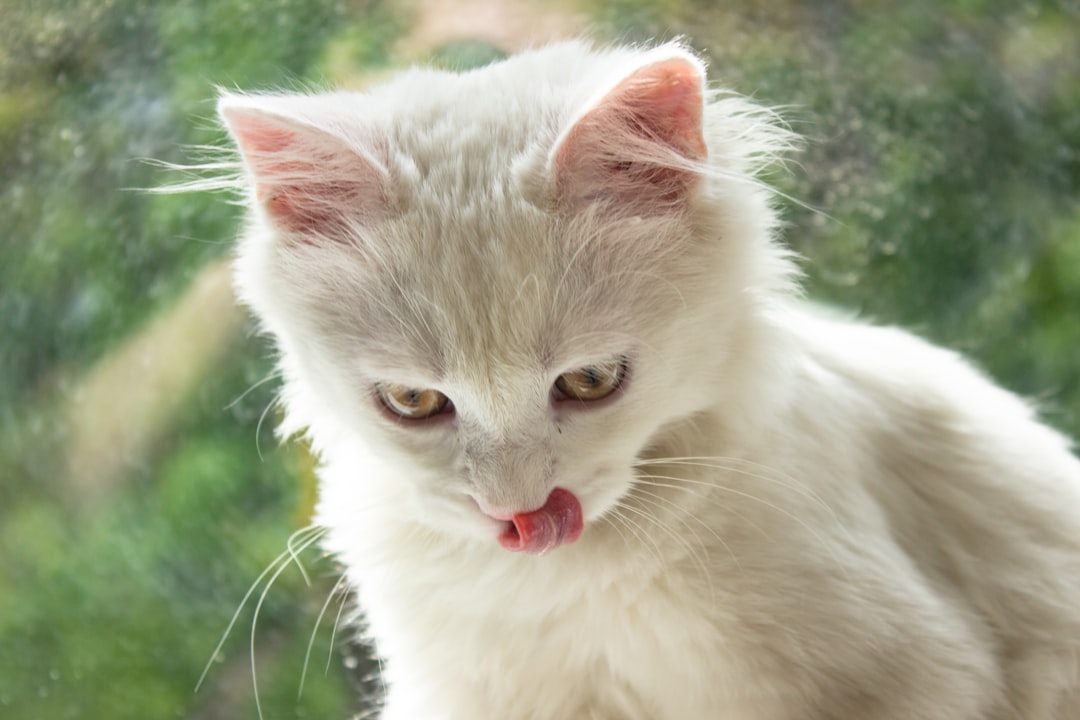
The low-frequency vibrations from purring stimulate the body’s healing processes and enhance production of anti-inflammatory compounds, which may help alleviate chronic pain or discomfort. These frequencies help relieve pain and achy muscles, providing comfort for stress-related aches and pains.
Many people with migraines report that their headaches ease or completely disappear when they lie with their heads close to purring cats. This isn’t just coincidence. The specific vibrational patterns appear to interfere with pain signals, creating a natural analgesic effect that requires no medication or side effects.
Breathing and Respiratory Benefits
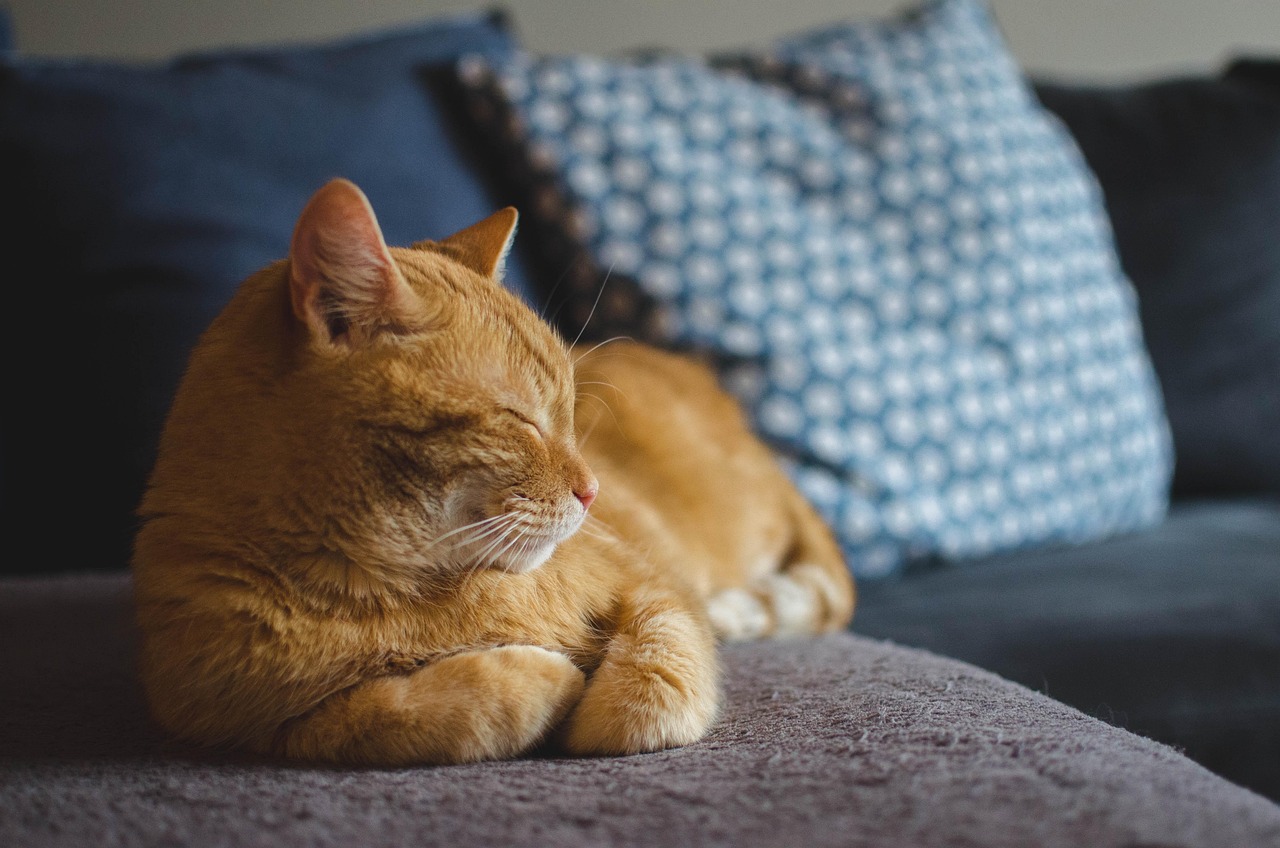
Clinical observations show that purring helps cats with respiratory distress breathe more easily, and respiratory problems related to heart disease are less common in cats than in dogs or humans. The therapeutic vibrations seem to open airways and improve lung function through mechanical resonance.
Cat purrs can decrease symptoms of dyspnea, or difficulty breathing, in both cats and humans. The rhythmic vibrations may help coordinate breathing patterns and reduce the work of breathing, providing relief for those struggling with respiratory conditions.
The Nervous System Connection
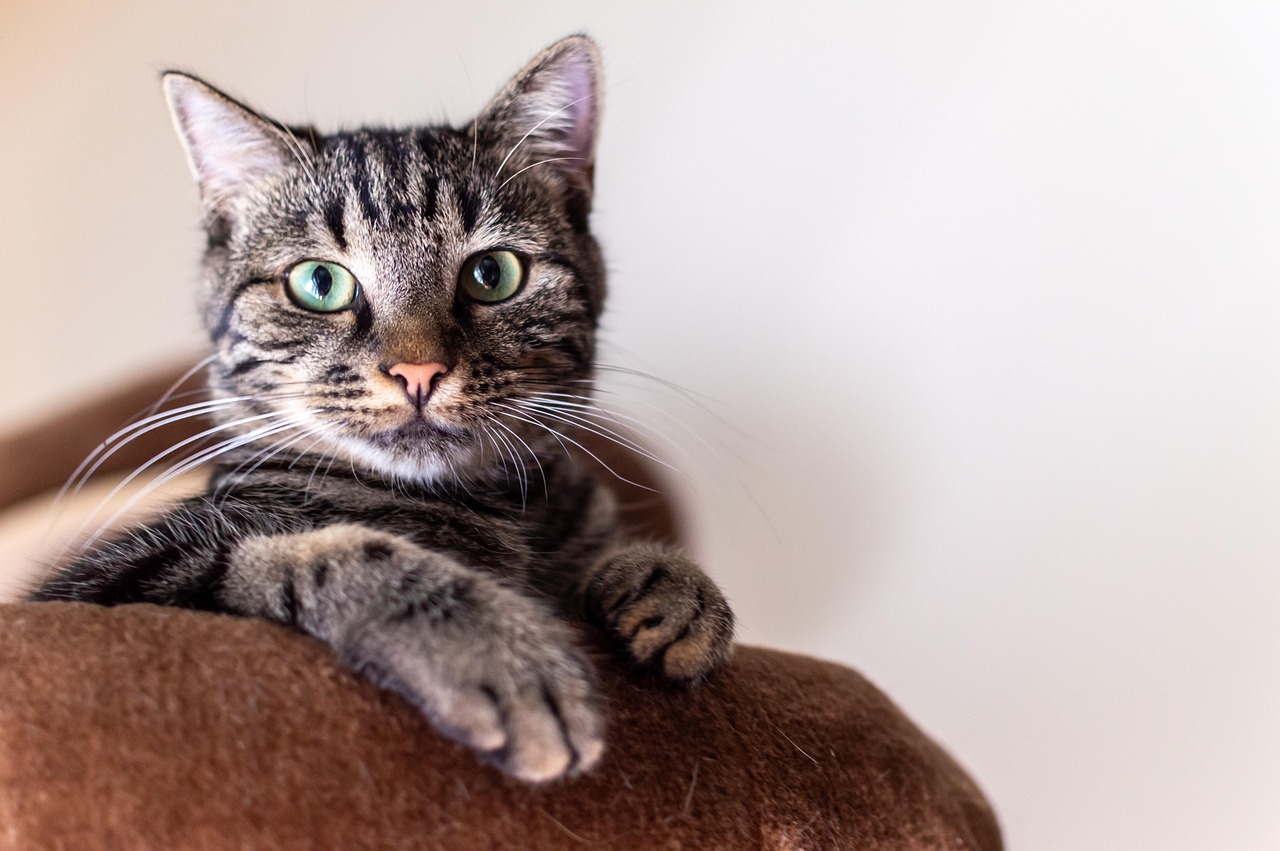
Purring vibrations help regulate the autonomic nervous system, which controls involuntary functions like heart rate and breathing, promoting calm, balance, and emotional well-being. The simple act of focusing on a purring cat provides a form of mindfulness, redirecting attention from stressors and creating present-moment awareness similar to meditation.
This neurological connection explains why purring feels so profoundly relaxing. Your nervous system literally synchronizes with the cat’s vibrations, shifting from fight-or-flight mode into rest-and-repair mode. The effect happens automatically, without conscious effort on your part.
Beyond Happiness: When Cats Purr for Healing
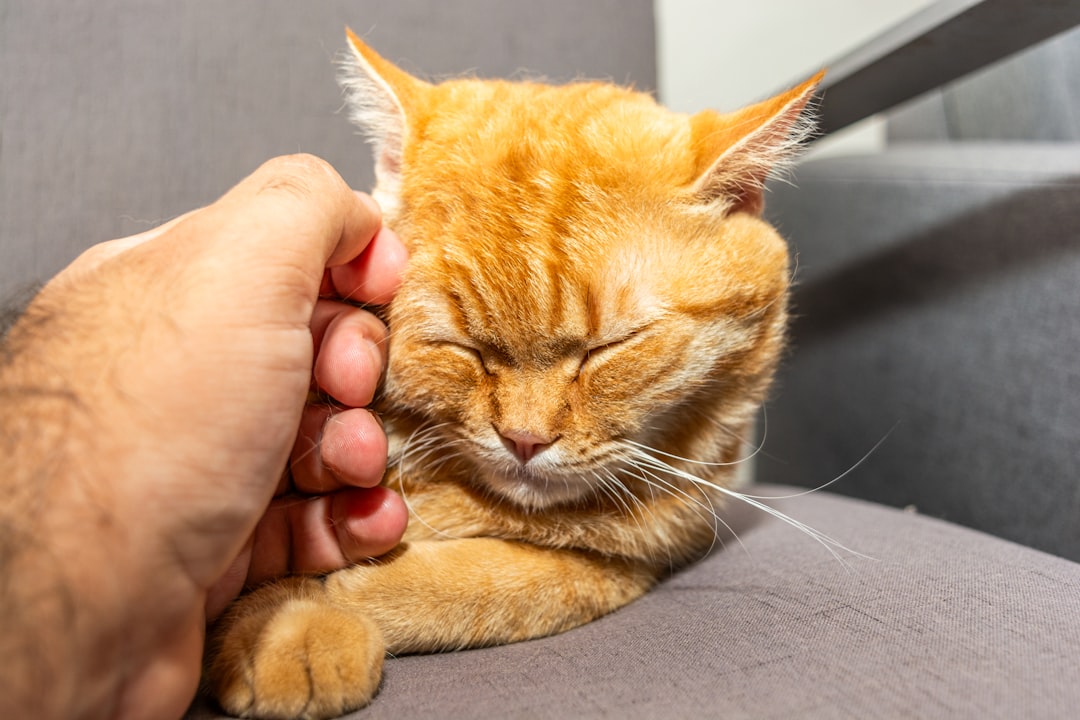
Cats don’t only purr when content – they also purr when severely injured, frightened, giving birth, or even dying. Veterinarians suggest encouraging purring as much as possible when cats are ill or stressed, since purring may be a healing mechanism that helps recovery and could even save lives.
This internal healing mechanism provides an evolutionary advantage, increasing recovery time and keeping muscles and bones strong during periods of inactivity. Your cat isn’t just expressing emotion through purring – they’re actively working to maintain and repair their own body, while accidentally providing the same benefits to you.
The healing energy of a cat’s purr represents one of nature’s most elegant therapeutic designs. These frequencies that once seemed like simple expressions of feline contentment are actually sophisticated healing tools that benefit both cats and their human companions. From strengthening bones to protecting hearts, from calming anxiety to reducing pain, the power contained within that gentle rumble is truly remarkable.
What do you think about your cat’s purr now? Tell us in the comments how you’ve experienced the calming effects of these amazing creatures.

